Advanced Technology Center Revolutionizes Learning Experience
Gulf Coast State College Advanced Technology Center (ATC) - Panama City, FL
Gulf Coast State College, in Panama City, Florida, has just opened its brand-new Advanced Technology Center (ATC), one of the most sophisticated learning centers in the country, for 2013 fall term classes.
A New Approach to Education
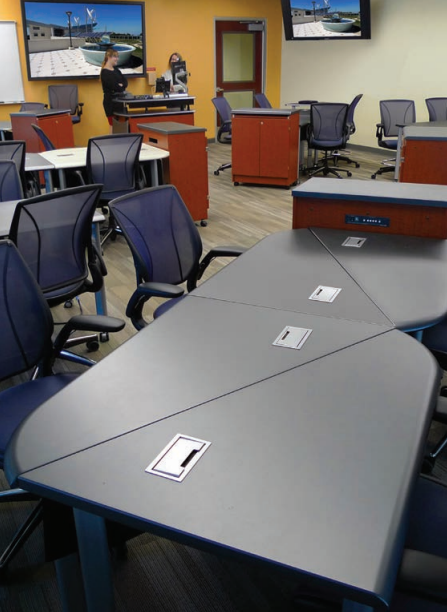
Top-of-the Line Facility Resources
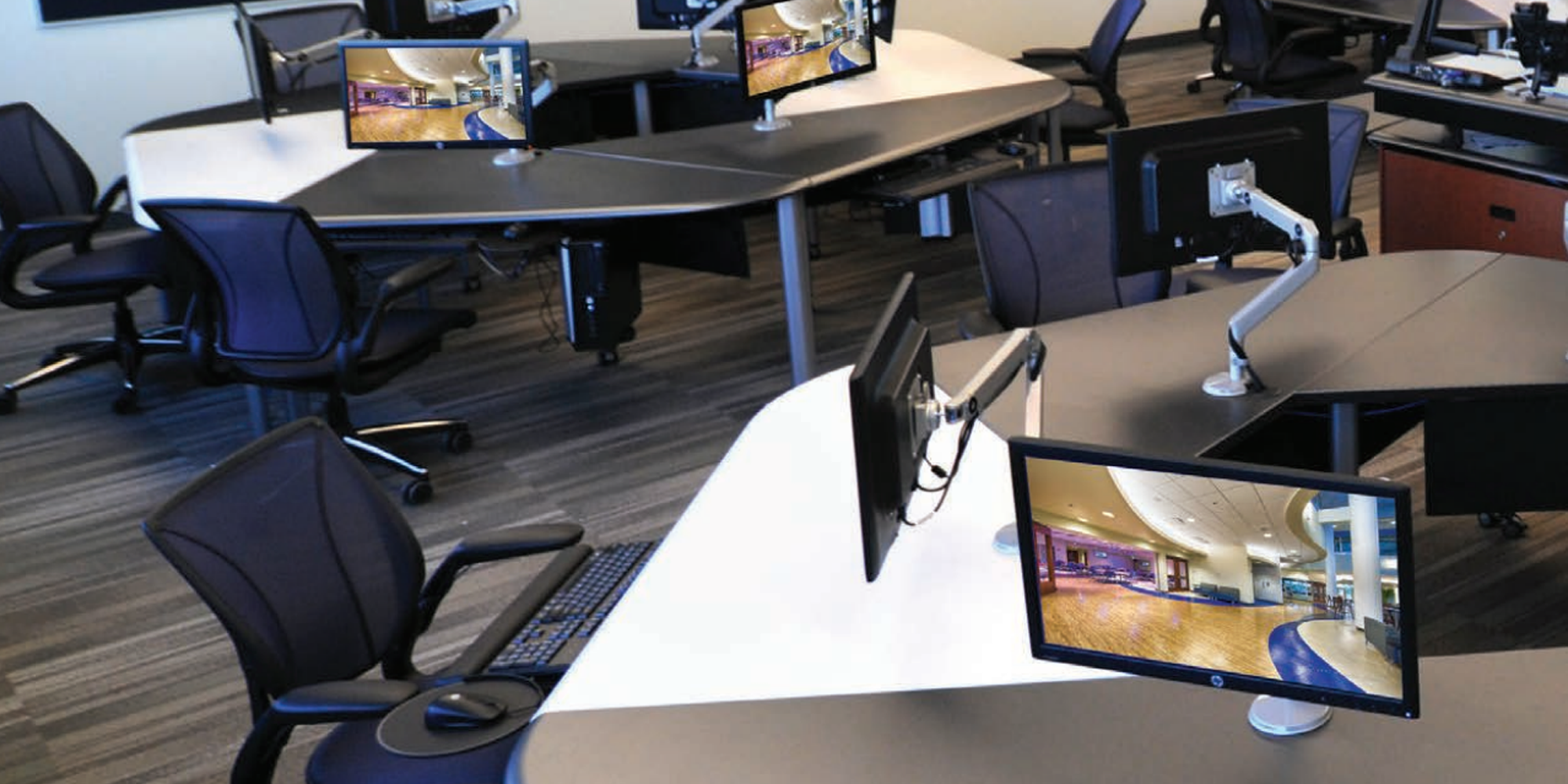
State-of-the Art Furnishings
Preparing and Presenting the Invitation to Negotiate
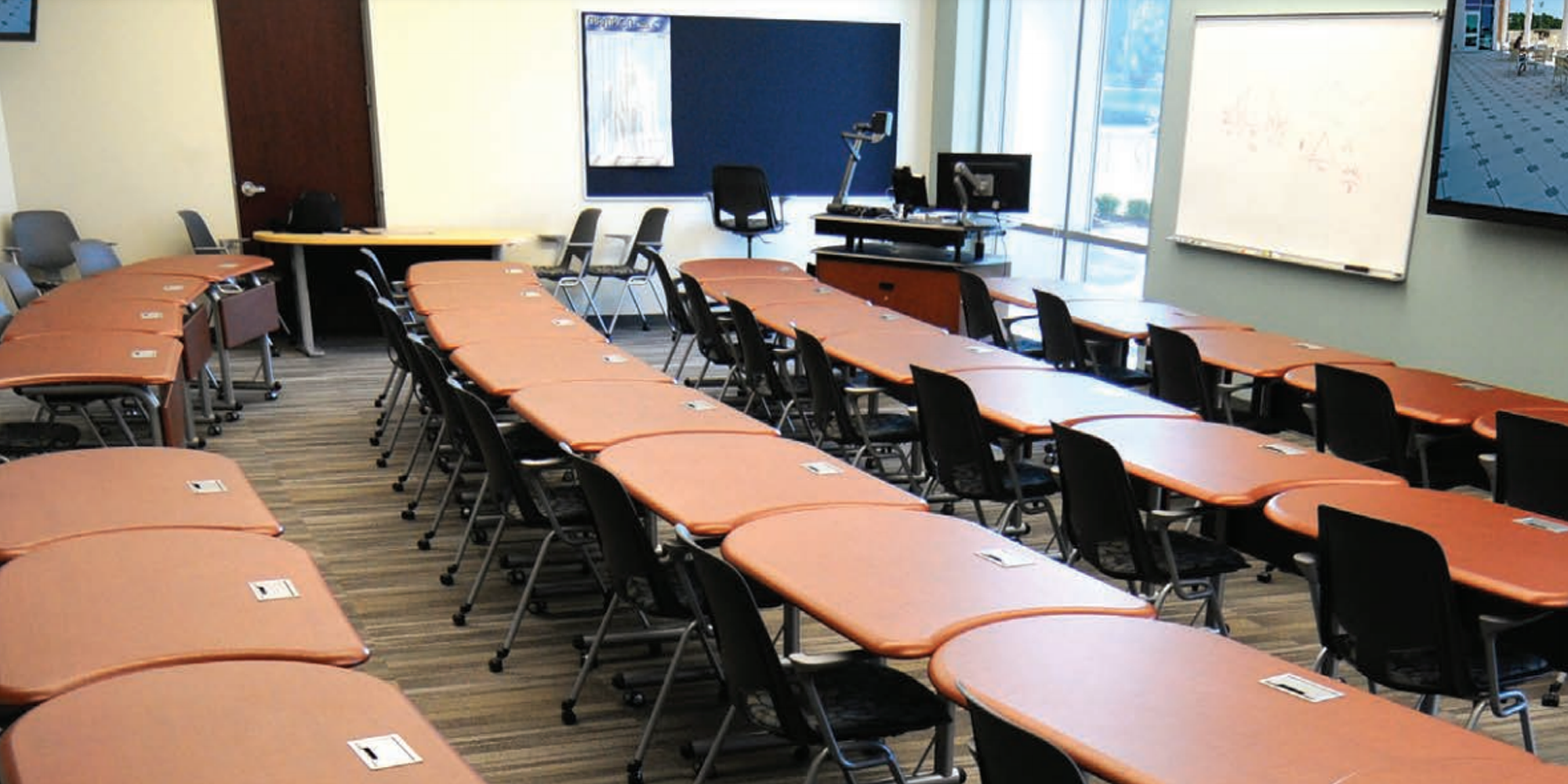
About One Year Later: Celebrating the Grand Opening
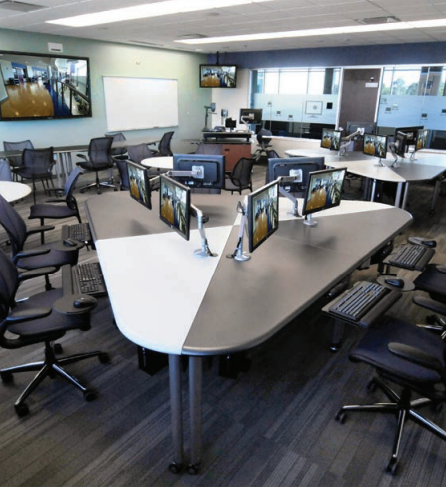
Launching Future Leaders
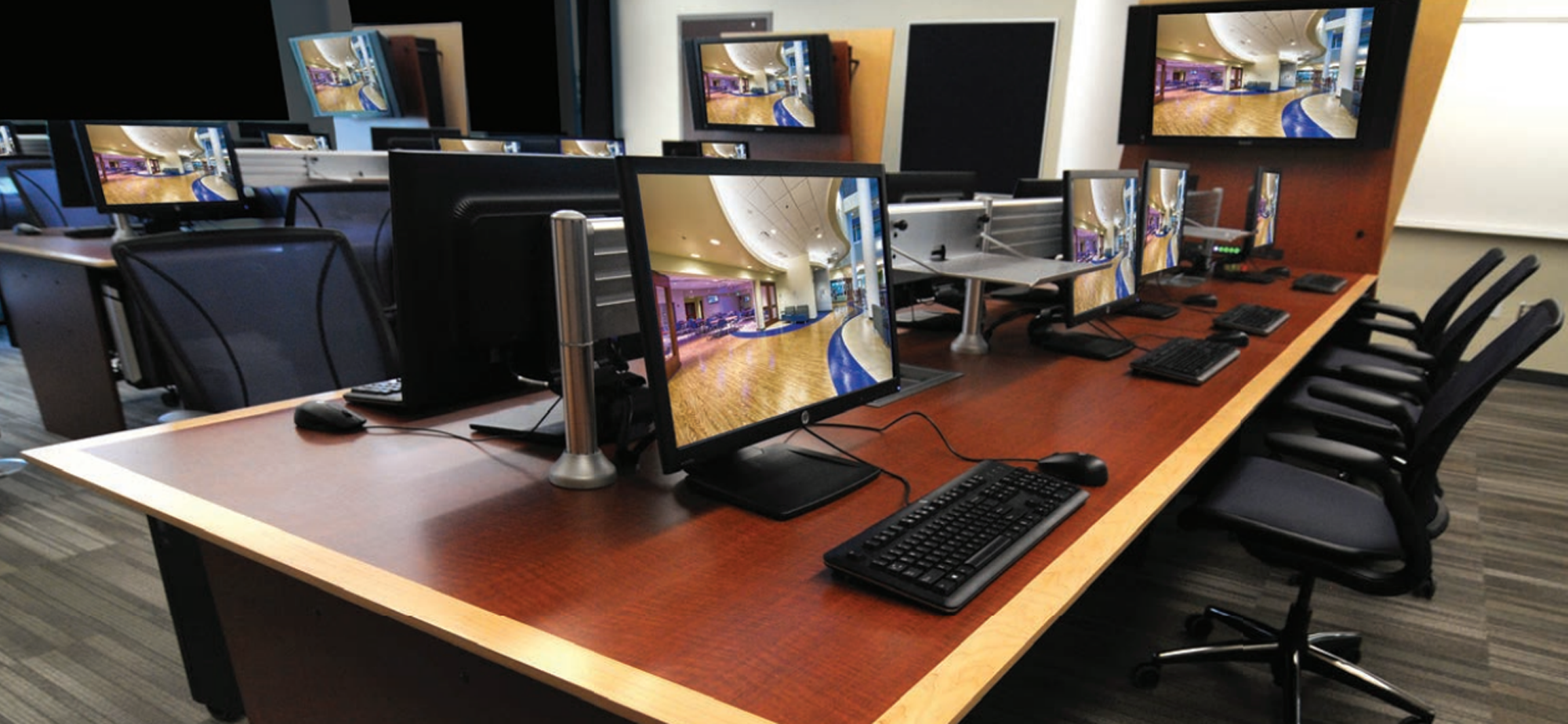
Mass Customization: original designs, made for you.
By the room, floor or building, we team, plan and deliver with responsiveness at every phase.
- Flexible collaboration spaces
- Teleconferencing
- Wifi student lounges
- Classrooms for teaming
- Lecture and demonstration
- Technical labs and studios
- Corporate meeting rooms
iGroup Collaboration Tables
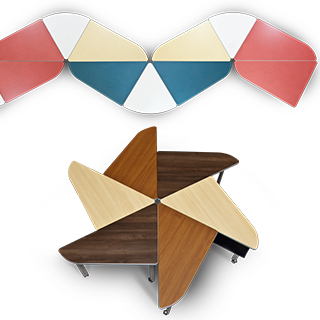
iGroup is a customizable collaborative table made of modular components. Each component is a 30-60-90 right triangle, enabling various configurations into pinwheel, hexagon, arrow, rectangle, and abstract shapes. Also available are 30, 60, and 90 degree wedges (shown above in white) that extent the possibilities. Available in custom thermofoil or laminate finishes, including dry eras tops.
Pi Collaboration Tables
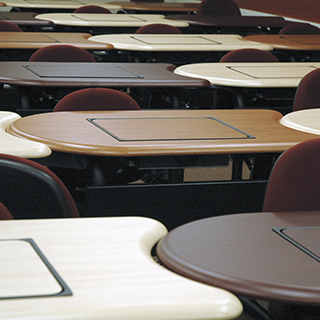
Pi tables nest with one another to create undulating lines and add curves to classrooms. Arrange in more traditional straight lines or create bent lines and pods if desired. Avaliable with LaptopSafe hardware, flipIT hideaway monitor mounts, or plain desktop. Standalone Teacher Table also available.




